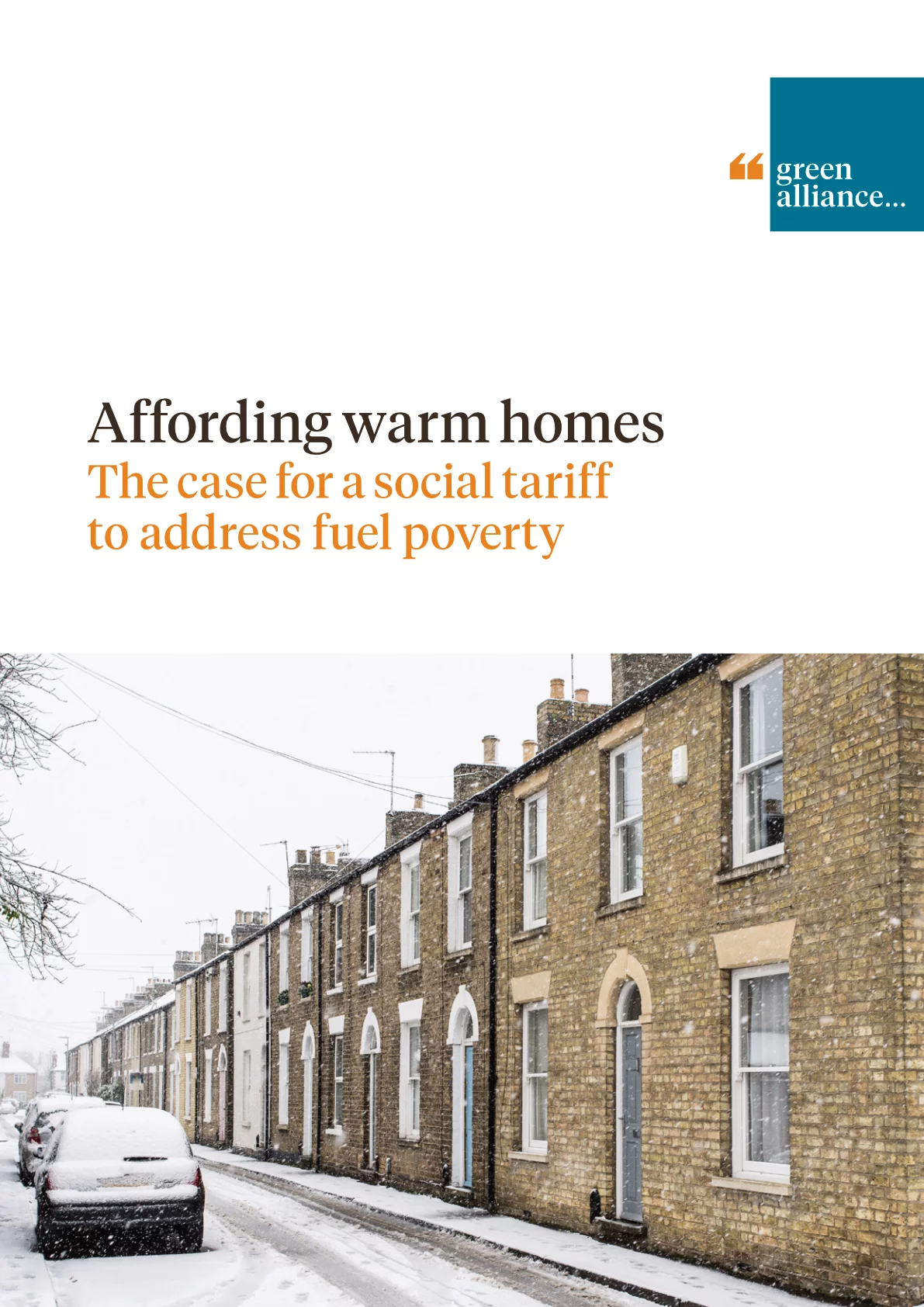Summary
Methane is well known as a highly potent and dangerous greenhouse gas, 80 times more powerful at warming the planet than carbon dioxide in the short term. However, its role as a precursor to deadly air pollution has received far less attention.
When volatile organic compounds including methane react with nitrogen oxides in strong sunlight, they create ground level ozone, a secondary pollutant that poses serious risks to public health and also to agriculture. Unlike other air pollutants, methane lacks dedicated emission targets in UK air quality policy. With hotter summers like those seen in 2023 and 2025 fuelling ozone pollution to reach new highs, policy intervention is urgently needed to protect public health and food security.
In this briefing, we examine this overlooked connection between methane emissions and air pollution, quantify the health impacts of ozone derived from methane and outline urgent policy recommendations. We recommend a minimum 30 per cent cut in methane emissions in the upcoming national methane reduction plan and binding ozone targets in the revised Environmental Improvement Plan to protect public health.
Rosie Allen, Johann Beckford and Matilda Dunn

